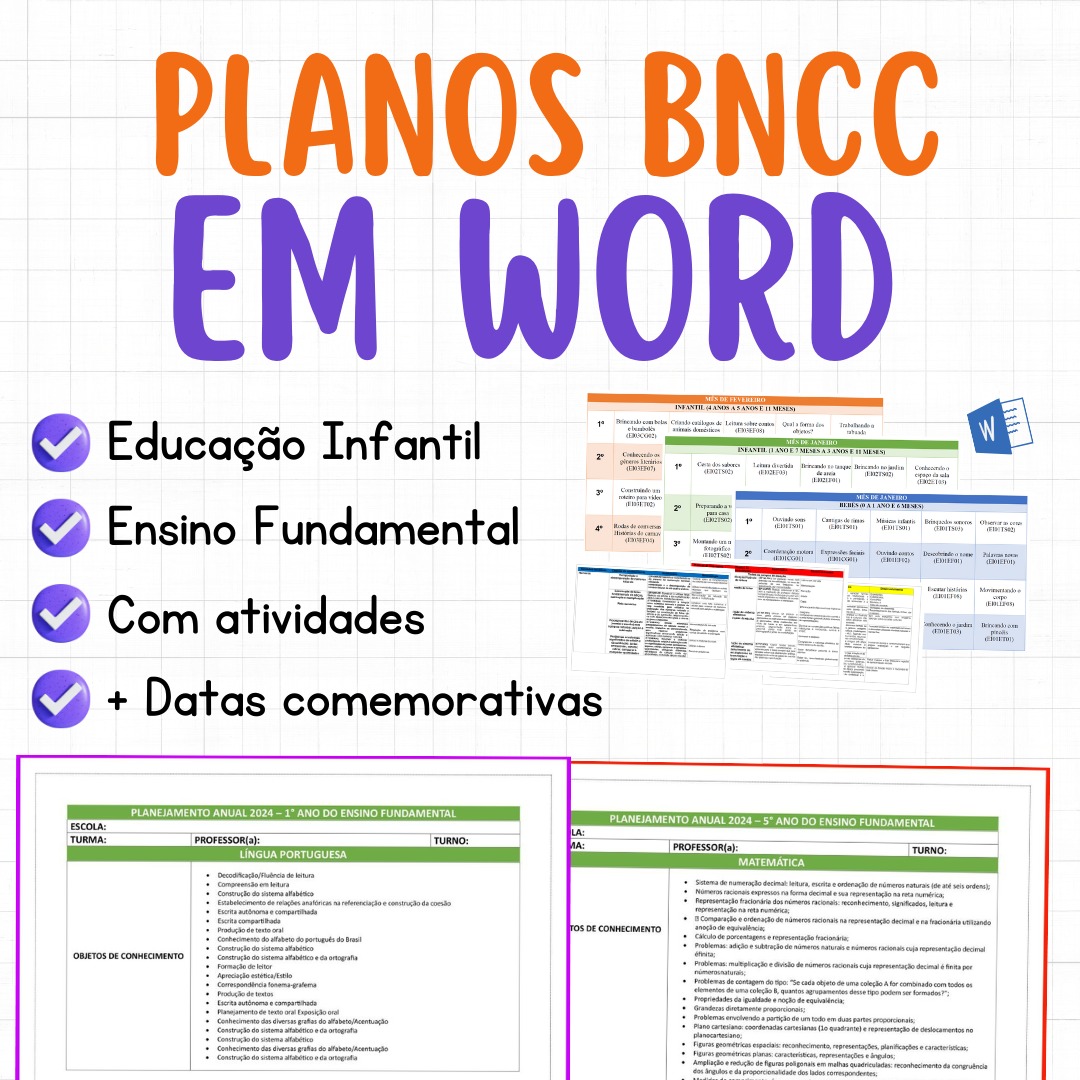Wind energy has stood out as a promising and sustainable source of electricity generation. By harnessing the power of the wind, we are able to transform a seemingly ephemeral natural resource into a renewable energy source. In this article, we'll explore the science behind how wind energy works, highlighting how this innovative process contributes to a cleaner, more sustainable future.
How Wind Energy Works
1. Capturing the Wind: The Beginning of the Process
The magic of wind energy begins with capturing the wind. Wind turbines, also known as wind turbines, are installed in strategic locations, where the wind speed is consistent and strong enough. These impressive structures are designed with aerodynamic blades that capture the kinetic energy of the wind.
2. Transformation into Kinetic Energy
As the wind blows, the turbine blades begin to rotate. This rotary movement is converted into kinetic energy, where the rotation of the blades activates an electrical generator connected to them. This process is similar to how a bicycle dynamo works, but on a much larger scale.
3. Conversion to Electrical Energy
The kinetic energy generated by the turbines is then converted into electricity. The generator uses rotary movement to induce a flow of electrical current, resulting in the production of energy ready to be integrated into the electrical grid. This is the moment when wind becomes a clean and sustainable source of electricity.
The Benefits of Clean Energy
1. Environmental Sustainability
Wind energy is celebrated for its numerous environmental benefits. Unlike traditional energy sources such as coal or oil, generating electricity from wind does not emit harmful air pollutants. This contributes significantly to reducing greenhouse gas emissions, combating climate change.
2. Renewability and Self-sufficiency
Another fundamental aspect of wind energy is its inexhaustible source. Wind is a form of renewable energy, which means its availability is practically infinite. Furthermore, generating electricity through wind turbines promotes energy self-sufficiency, reducing dependence on fossil fuels.
Disadvantages of Wind Energy
1. Noise Pollution: The Lesser Known Side
Although wind energy is considered a clean alternative, it is not without its drawbacks. Noise pollution is a legitimate concern associated with wind turbines. The constant movement of the blades can generate noise that affects nearby communities. Mitigation strategies, such as positioning turbines away from residential areas, are essential to minimize this impact.
Conclusion
The transformation of wind into electrical energy is a notable example of how science and innovation can shape a more sustainable future. Wind energy plays a crucial role in the transition to clean energy sources, offering significant environmental benefits. However, it is imperative to address its disadvantages, such as noise pollution, to ensure a balanced coexistence.
FAQs (Frequently Asked Questions)
1. Is wind energy reliable in all regions?
Yes, wind energy is viable in many regions. Choosing locations with consistent winds is crucial to ensure efficient production.
2. How do wind turbines handle extreme weather conditions?
Wind turbines are designed to withstand extreme weather conditions, but in exceptional cases, they can be temporarily shut down to prevent damage.
3. Do wind turbines pose a danger to wildlife?
Studies are conducted to mitigate potential impacts on wildlife, such as birds, by ensuring turbines are installed responsibly.
4. What is the average lifespan of a wind turbine?
The average lifespan of a wind turbine is approximately 20 years, but technological improvements continue to extend this period.
5. Can noise pollution from wind turbines be reduced?
Yes, design and positioning strategies can be implemented to reduce noise pollution, balancing environmental benefits with the impact on local communities.


